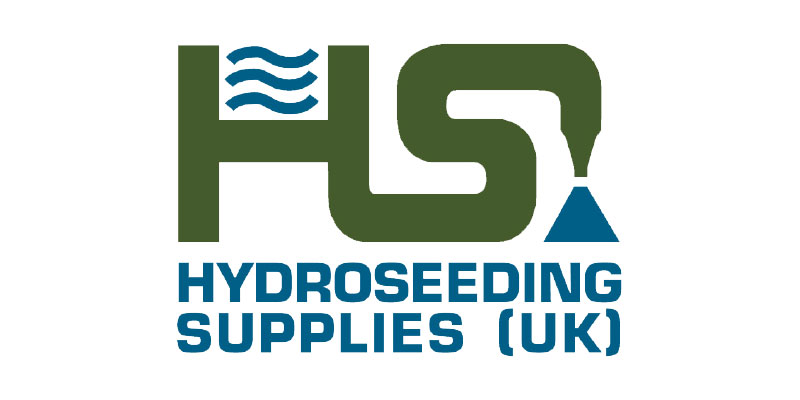Our UK hedgerows have never been more important to us. Did you know that hedgerows are not only home to plants and flowers? Many animals and insects also call our hedgerows home. It may surprise you, but in your local hedgerow, you may find field mice, bats and nesting birds. According to the UK Governments Biodiversity Plan, at least 130 species of wildlife live in and rely on our hedgerows.
Berries found in hedgerows including sloe berries, are fed on by numerous bird species. The nectar produced by hedgerow flowers are an important food source for butterflies, moths and bees.
The Importance of Cow Parsley
Cow parsley is one of the more interesting plants you will find growing in hedgerows in the UK. The root system of this humble plant has the ability to absorb large quantities of excess water. That is why cow parsley grows tall. Its flowers make fantastic food for bees and other insects. Once cow parsley goes to seed, birds like to feed on its flower heads.
What Else Do Hedgerows Do?
Not only do hedgerows provide wildlife with food and shelter. They also help farmers to control soil erosion. The soil in farmers’ field take a long time to form. For instance, did you know that it can take 500 years for an inch of soil to form?
We rely on our soil. If we don’t protect it, the soil on our fields will end up being washed away into the sea. Soil loss costs the UK a lot of money. It is estimated that soil erosion may cost the UK £1.2 billion per year.
Records dating as far back as 1850 tell us that the British Isles have lost 84% of its topsoil. That is a staggering amount of soil that has ended up being washed away into the sea.
Can Hedgerows Help to Reduce Carbon Emissions?
The UK government is setting increasingly ambitious targets for reducing carbon emissions. The good news is that our hedgerows can help us to achieve climate targets.
All green living things can remove carbon out of the atmosphere. Hedgerows with their interesting and versatile variety of plant species, are in particular efficient in doing so.
Researchers have realised that UK hedgerows store a surprising amount of carbon. Take a closer look at your local hedgerow and you will come across leaves in all shapes and sizes. Both small thicker leaves and larger ones help to absorb carbon.
Once the plant dies back during the autumn, the carbon is absorbed by the soil and remains locked into the soil. Many plants such as bramble bushes act as chemical factories. They put the carbon the absorb to good use and use it to produce a range of other chemicals. Some may even turn the carbon into berries packed with antioxidants.
What Can We Do to Support Our Hedgerows?
There are many things that we can do to support our hedgerows.
Why not start by planting your own hedgerows at home? It is easier than you may think. All you have to do, is to dedicate a small part of your garden to hedgerow plants. They include flowering trees such as hawthorn. Flowering herbs are an important part of our hedgerows. Camomile is a herb that is easy to grow in the garden. You should also consider planting berries including black berries.
Many farmers have started hedgerow growing initiatives as they have realised hedgerows are home to species that can help them to control agriculture pests and diseases.
Needless to say, we should not lose sight of the fact that hedgehogs and other wildlife love our hedgerows. Amphibians and reptiles also make their homes in and around our hedgerows.
Foraging in Hedgerows
There is no reason why that you should not enjoy the fruits of our hedgerows. But, remember that you need to share. We all love going foraging and gathering berries such as black berries and sloe berries. They taste great and are packed with vital nutrients and antioxidants.
Just remember wildlife depend on healthy foods as much as we do.
Let’s Go Organic
Another way to help to improve our hedgerows, is to buy foods that have been organically produced. Organic farmers know how important our hedgerows are and fully appreciate that they are protected by law.
If we looked after our hedgerows better, we could reduce our dependence on pesticides. It is estimated that farm pesticides could be reduced by as much as 90 percent. A staggering number of wildlife species have gone into decline since 197o, it could even be as much as 41 percent. Part of the reason, is the over use of pesticides and hedgerow destruction.
Helping our hedgerow fauna is essential when we want to support both wildlife and reduce carbon emissions.





